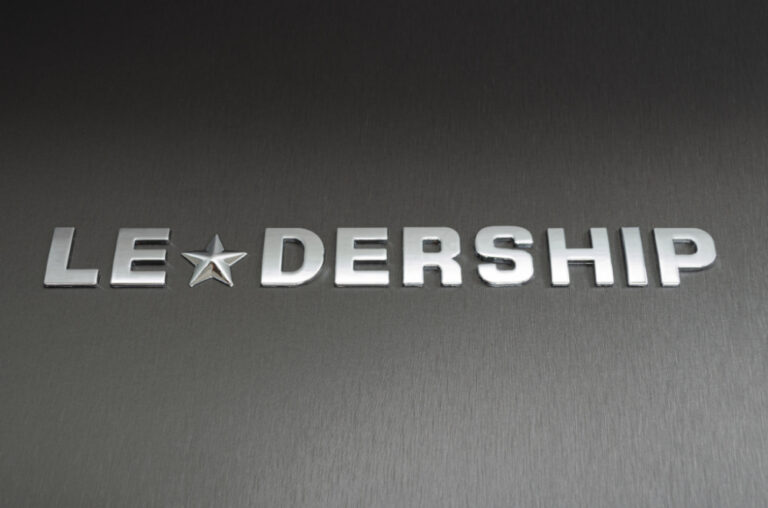Body Language Basics: Five Mannerly Tips for the Workplace
The most memorable thing about the recent vice presidential debate wasn’t something one of the candidates said. Instead, the display of facial expressions, wry smiles and insincere laughter made as much or more of an impact on viewers. What a great reminder for us all, that even if you are not in the public eye, the messages you are sending through your body language can help or hurt you in the business world.
Everything from your facial expressions to your posture and the position of your hands says a lot about your feelings and thoughts. These tips will help you make sure you’re sending the right message:
1. What are your eyes, mouth and expression saying? These are the first to reflect your true feelings. Devote time to paying attention to your facial expressions in different situations. You may find that you spend much of the day with your brows furrowed in deep thought, unwittingly implying to others that you are put off or frustrated. Eye contact speaks volumes about your thoughts. Maintaining eye contact with others shows that you are present and actively engaged in the conversation. Be aware of your facial expressions and improve them as needed.
2. Self-evaluate your smile. A sincere smile accompanied by bright eyes says that you are warm, welcoming and ready to interact; a tight-lipped smile with unexpressive eyes sends a message of distaste or dislike. A smile while laughing, rolling your eyes and shaking your head also sends a negative message.
3. Your mother was right — posture matters. Stand tall and avoid slouching, even when sitting at your desk. Think of keeping your shoulders stacked directly above your chest and abdomen, with no one section sticking forward or back. Keep your head up. You’ll appear engaged in the conversation, confident and comfortable. Posture also comes into play when you are seated. Leaning back in your chair is either a power play (you are positioning yourself as the leader surveying your subjects -not!) or a sign that you are checking out of the competition. Sitting up straight, leaning slightly forward with your hands above the table shows that you are eager and fully present in the discussion. Women, make sure you are not shaking your foot, knees crossed under the table, or risk the appearance of rocking back and forth from the shoulders up.
4. Mind your arm and leg placement. Avoid folding your arms or crossing your legs.These types of body language suggest defensiveness and a desire to create a barrier between you and others. There are times that crossed arms simply mean “I’m listening” but your facial features should always be attentive, aware and involved.
5. Be aware of what your hands are doing. Take some time to pay attention to where you place your hands. Small, simple gesturing is alright; waving hands and limbs in the air is not. When standing, keep your hands at your sides or loosely clasped in front of you. Make sure your hands are not fidgeting with a paper clip, clicking a pen, tapping or picking at fingernails — all will show that you’re nervous, bored or just disrespectful.
It takes some effort to develop an awareness of your body language to recognize what you may unwittingly be doing in various business situations. Once you identify the necessary improvements, practice them until the new behaviors become habit.





